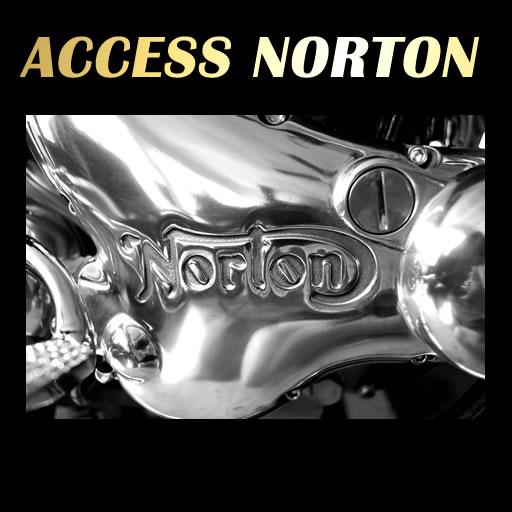- Joined
- Dec 10, 2008
- Messages
- 7,253
The highest load on the rear iso rubbers is not from the weight of the engine cradle assy but from the pull of the swingarm due to cantilever shock mounting.
I have not seen differences in vibration when using the spring on the headsteady but it does relieve some of the weight from the front iso rubbers. That is likely to keep them from sacking out as fast.
I have not seen differences in vibration when using the spring on the headsteady but it does relieve some of the weight from the front iso rubbers. That is likely to keep them from sacking out as fast.


